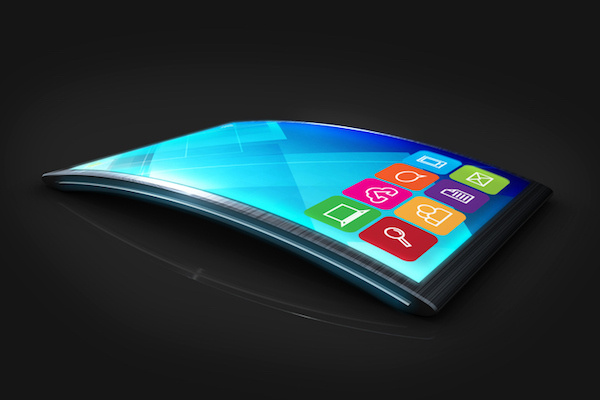Electronic devices are becoming more compact and portable: this is evident in the way cell phones, portable music players, computers, and other devices have evolved in the last two decades. And with flexible electronic technologies, eventually we’ll have keyboards that are so compact, they can even be crumpled up and tucked in our pocket. Although developments in these technologies are still underway, we can expect to see more of them hit the market in the upcoming years.
Here’s an overview of this trend and why they are the future of consumer products and medical equipment.
Stretchy circuits give way to flexible electronic devices.
Most of today’s electronics use a complex combination of components that can’t be bent. For instance, many processors are still etched in silicon wafer that would break upon bending it. However, with elastic printed circuit boards, we can have computers and mobile phones that can bend and stretch without being damaged.
Unlike regular circuits, these circuits are made up of metal-polymer conductors (MPCs): a combination of stretchable polymer and liquid metals that are modified to conduct electricity. The metals used are not standard solid conductive metals like copper, gold, or silver, but instead act like gallium and iridium which can take up any shape.
Flexible electronics have evolved in leaps and bounds in the last decade. In 2008, these types of electronics could stretch by around 70 percent while maintaining their conductivity; today, it’s possible to create similar fibres that stretch to over 1,000 percent of their original length. These semiconductors have become, stretchier, smaller, and thinner, which is giving rise to new flexible electronics.
The advantages of flexible electronics.
When it comes to design, the possibilities of flexible electronic devices are endless. Imagine having tiny smartphones that wrap around our wrists and flexible displays that fold out as large as television. In addition to their pliability, flexible electronics might cost less to make. Researchers hope to print flexible electronics on plastic film the same way we print ink on newspapers. Enrique Gomez, an assistant professor of chemical engineering at Penn State says, “If we could make flexible electronics cheap enough, you could have throwaway electronics. You could wear your phone on your clothing, or run a bioassay to assess your health simply by wiping your nose with a tissue.”
Interesting applications.
Here are some possible applications of flexible technologies, some of which have already been developed:
- Folding displays
- Inexpensive solar cells, antennas and sensors
- Flexible smartphones and other portable devices
- Flexible implants (that can monitor and treat cancer or help paraplegics walk again)
- Wearable biomedical devices (for patches to identify heart disease and reduce the effects of cardiovascular damage on the body)
- Flexible e-readers (e.g., Sony’s Paper)
Barriers to development.
It turns out that making truly flexible devices is still a challenge. We increasingly see flexible technologies demonstrated at trade shows, but manufacturers tend to show off a single function—a rollable screen here, a stretchable circuit there. Real-life gadgets need to bundle those features together into a neat package, and that’s proving to be a sticking point. Research labs around the world are trying to develop an effective flexible electronic device by experimenting with a variety of materials for the capacitors, including the ones below:
Ceramics – while thick ceramic can crack, researchers can often apply them as zigzags so they deform more easily. Ceramics are critical ingredients in capacitors, which can be used to regulate voltage in electronic circuits.
Flexible sheets of plastic – smaller capacitors could be deposited directly onto flexible sheets of plastic, and sandwich these in flexible circuit boards. That way, the capacitors do not hog valuable surface area.
Organic molecules – these are the ultimate flexible materials. While most organics are insulators, a few are conductive. The endeavour is to turn these molecules into transistors and photovoltaic cells so they can conduct electricity.
Despite certain obstacles, we can expect flexible electronics to gradually improve over the coming years. Components will become more flexible, circuits will demand less power, and materials will make flexible devices more pleasant to interact with. Electronics technicians, businesses and consumers will all need to be ready for this change.
from Young Upstarts https://ift.tt/2NWq0xm via website design phoenix


No comments:
Post a Comment